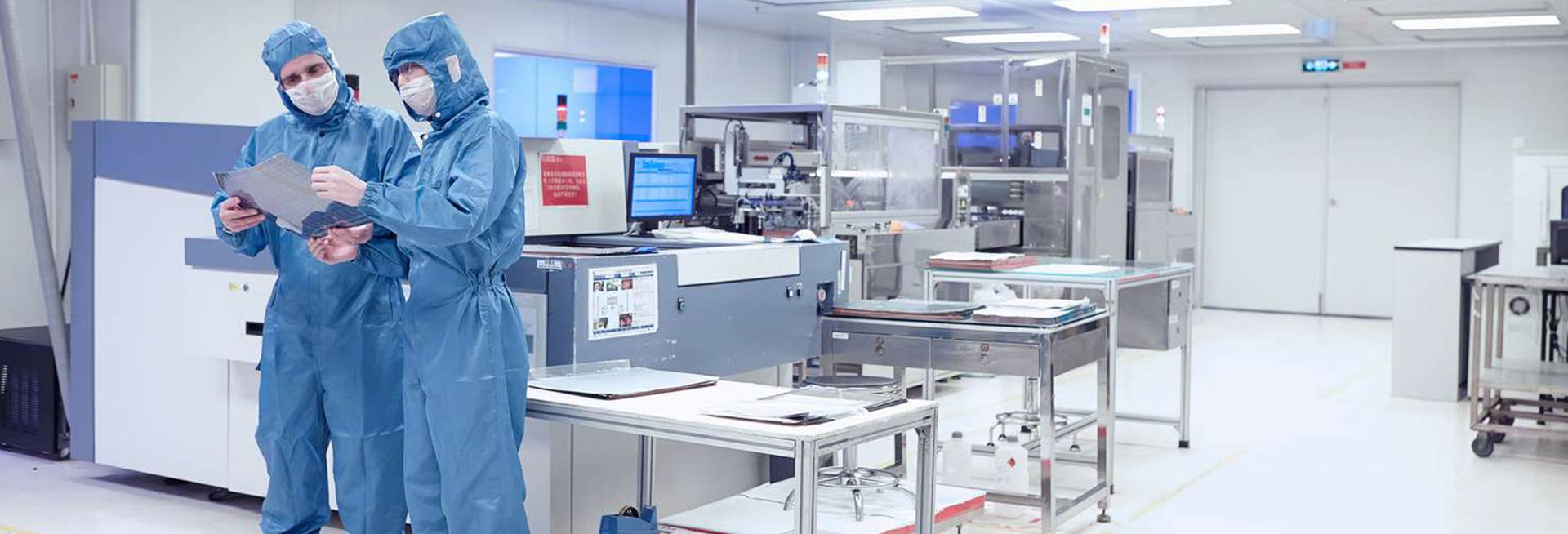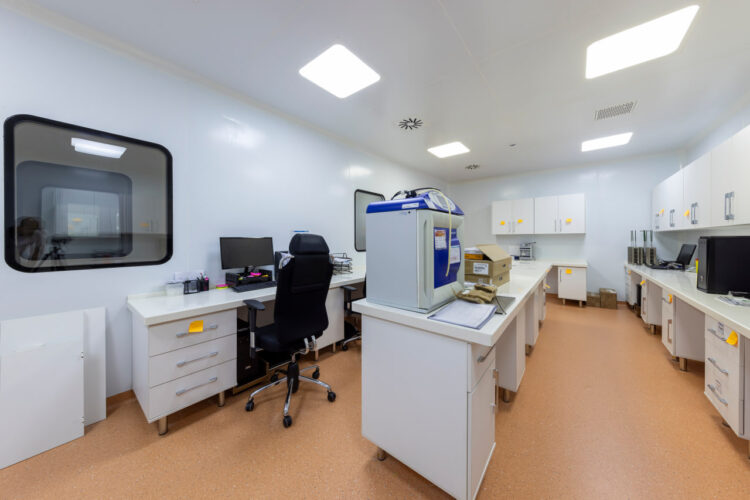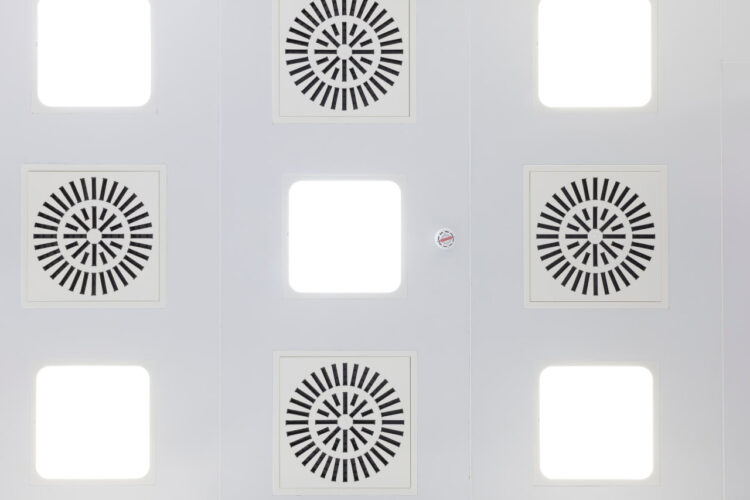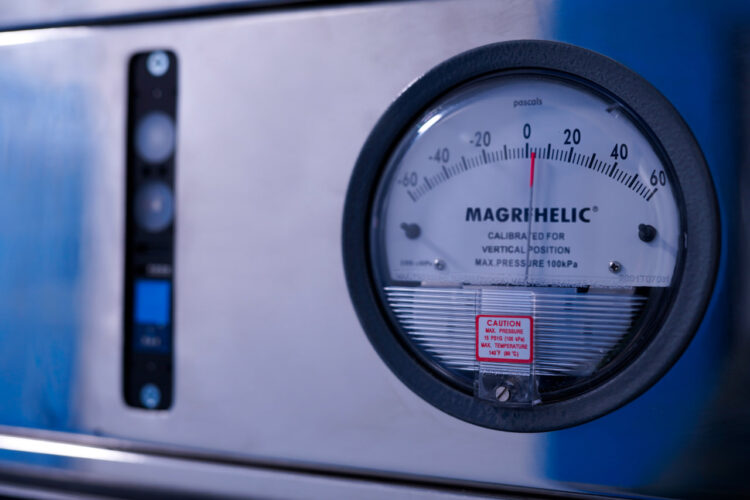Air pollutants in cleanrooms fall into three categories: suspended particles, volatile organic pollutants, and microorganisms. Various purification technologies are employed, including filtration, water washing purification, electrostatic precipitation, and anion technology. These methods purify the air by passing it through a filter medium that captures dust, hair, pet fur, and debris. The fibers in the filter medium create a winding path for airflow. Different types of air filters, such as high-efficiency particulate air (HEPA) filters, fiberglass air filters, and ultra-low particulate air (ULPA) filters, are utilized based on specific needs.
In RabHirad we provide your required solutions such as wet-scrubber, bag in bag out (BIBO), HEPA filters, and other requirement for air and water purification.

 Our Projects
Our Projects  Docs
Docs  Support
Support 














